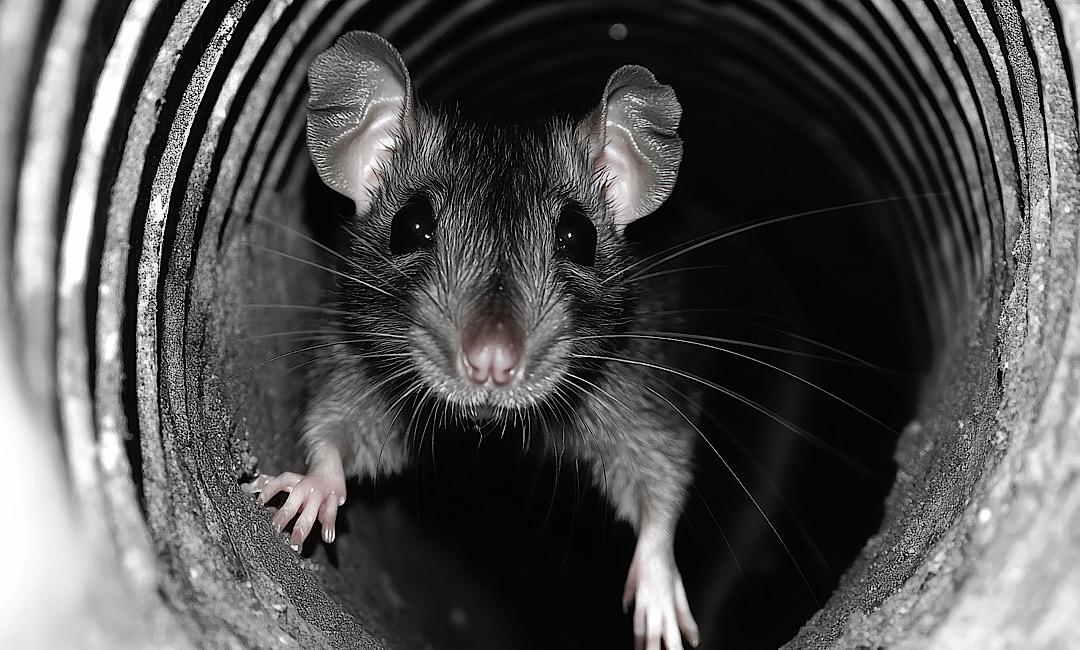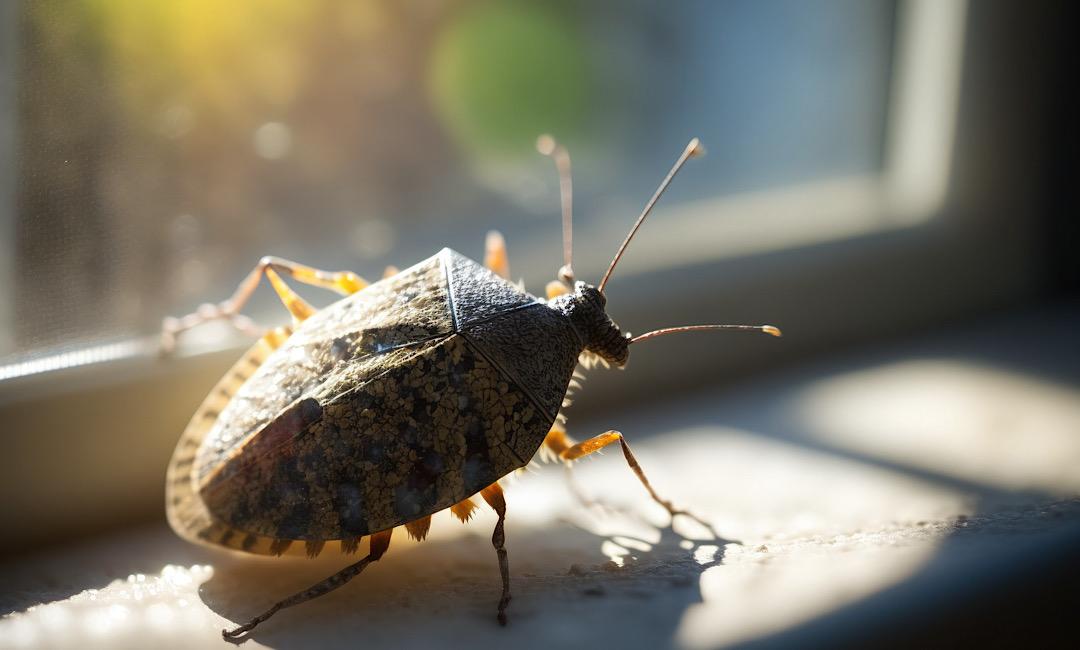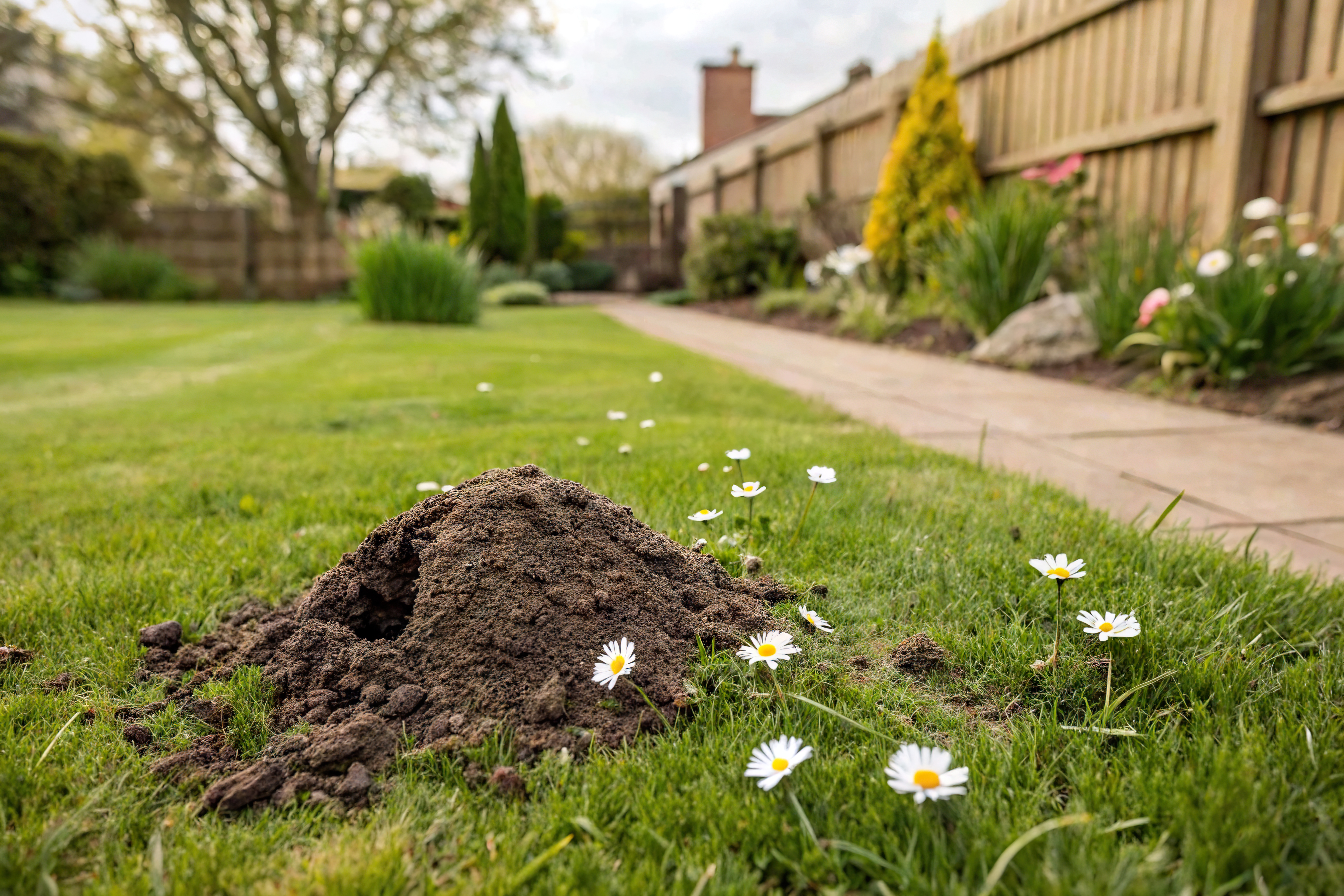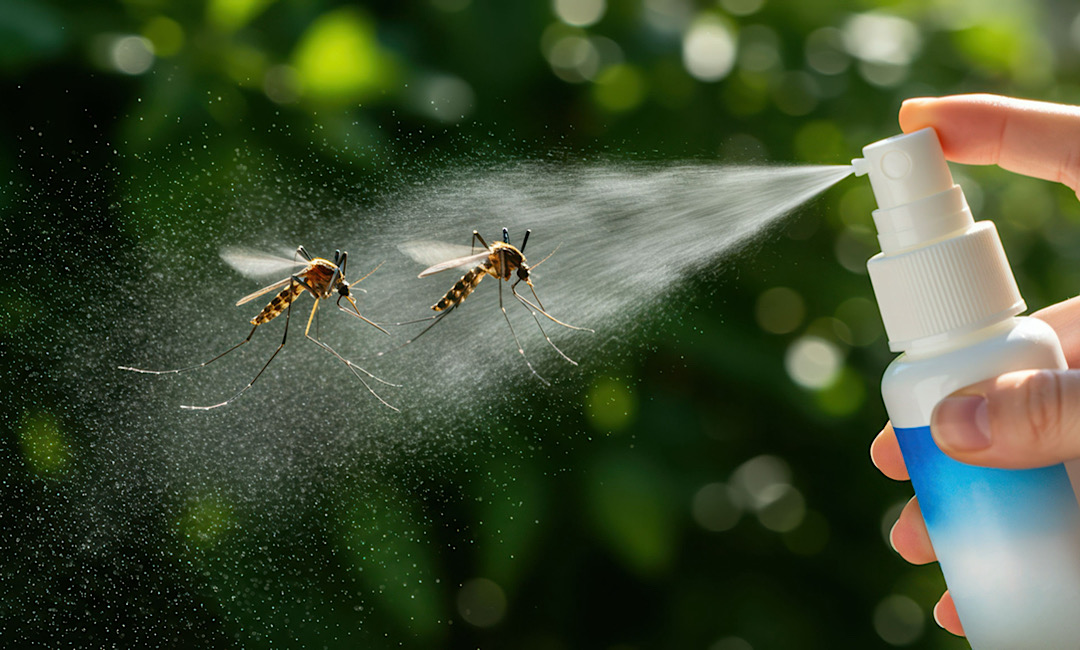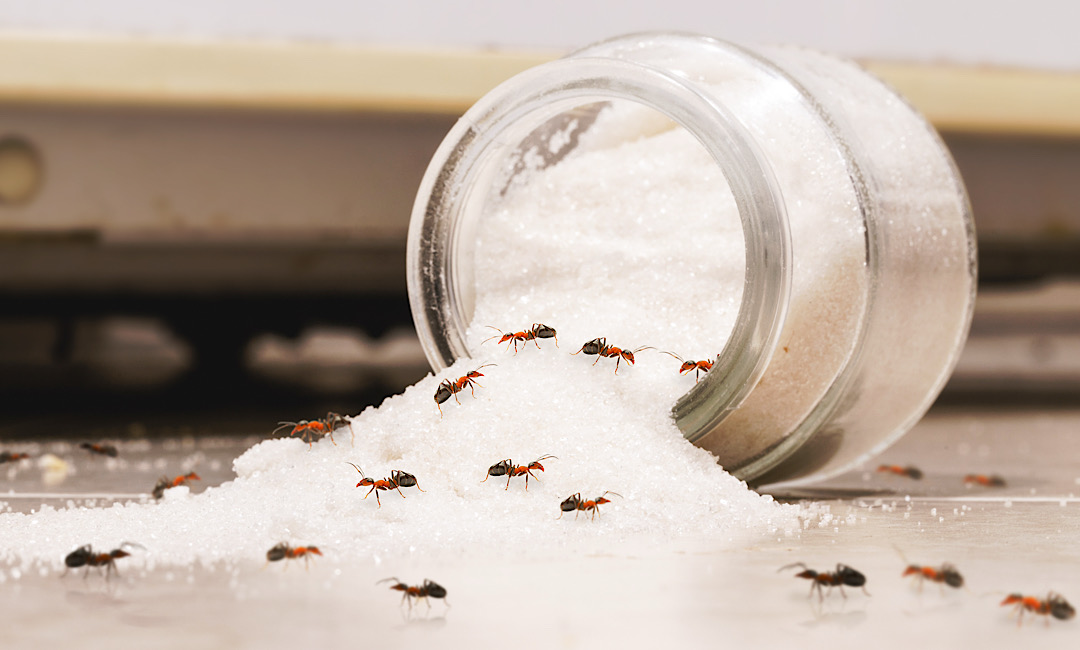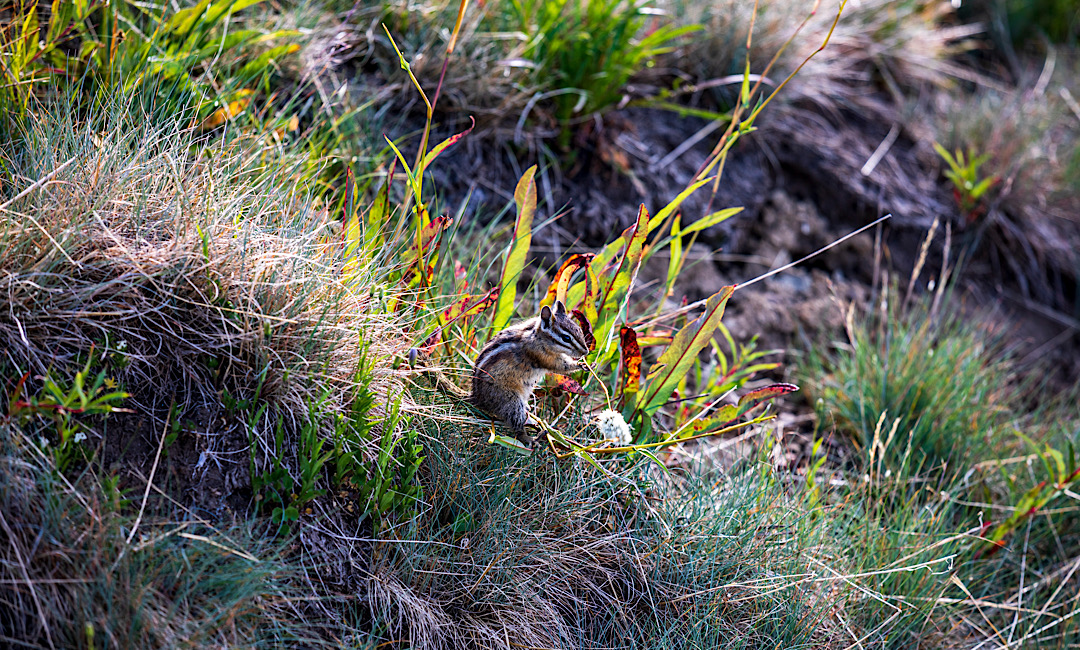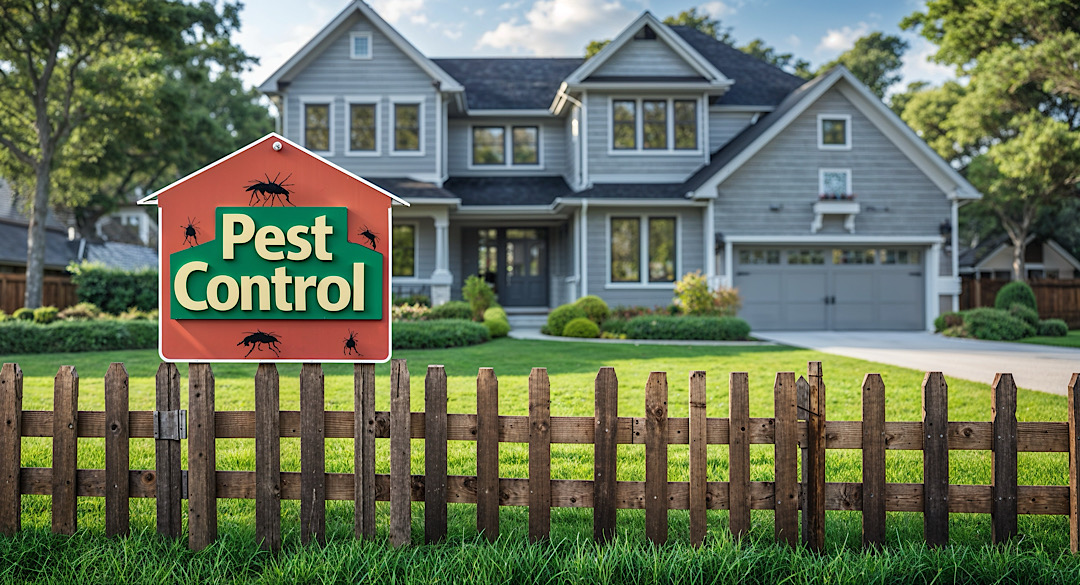Charleston’s historic charm and coastal beauty make it one of the most desirable places to live in the Southeast. Yet, for many homeowners, crawlspaces present ongoing challenges that can compromise both comfort and safety. The Lowcountry’s humid climate, coupled with cooler seasonal shifts, creates the perfect breeding ground for mold, wood rot, and pest infestations beneath homes. Understanding how to manage crawlspace moisture in eco-friendly ways is essential for protecting both your property and the environment. By focusing on sustainable moisture control, Charleston families can reduce pest risks while maintaining a healthier indoor environment.
Why Crawlspace Moisture Matters in Charleston
Moisture management is more than just a home maintenance issue—it’s directly tied to health, safety, and long-term home value. Charleston’s coastal climate is characterized by high humidity, frequent rainfall, and fluctuating temperatures that create conditions where water vapor easily accumulates under homes. This moisture not only damages wood and insulation but also attracts pests such as termites, rodents, and cockroaches.
The Risks of Poor Crawlspace Moisture Control:
- Mold Growth: Excess humidity in crawlspaces often results in mold spores, which can travel into the living areas above and impact respiratory health.
- Structural Damage: Wood decay and warped beams are common in persistently damp crawlspaces.
- Pest Infestations: Damp environments attract rodents, termites, and insects that thrive in Charleston’s subtropical climate.
- Increased Energy Costs: Moisture-laden air makes HVAC systems work harder, leading to higher utility bills.
According to the Environmental Protection Agency (EPA), indoor mold exposure affects millions of Americans each year, contributing to asthma, allergies, and respiratory irritation. For Charleston homeowners, keeping crawlspaces dry is not only a property safeguard but also a health necessity.
Eco-Friendly Moisture Control Strategies
Homeowners often assume that moisture control requires heavy chemical treatments or energy-intensive systems, but there are many sustainable alternatives. Eco-conscious moisture management combines natural ventilation practices, green building materials, and energy-efficient solutions to keep crawlspaces dry while reducing environmental impact.
1. Improve Drainage Around the Home
- Ensure gutters and downspouts channel water away from the foundation.
- Install rain barrels or rain gardens to capture runoff and reduce standing water.
- Grade landscaping so water flows naturally away from the crawlspace vents.
This approach conserves water while preventing excess pooling that could seep under the home.
2. Encapsulation with Eco-Friendly Materials
Encapsulation creates a protective barrier using vapor-retardant liners on crawlspace walls and floors. For eco-conscious families, choosing low-VOC liners reduces chemical exposure while still effectively sealing out moisture.
Benefits include:
- Reduced mold growth
- Improved indoor air quality
- Lower energy costs by stabilizing humidity levels
3. Energy-Efficient Dehumidifiers
Traditional dehumidifiers can be power-hungry, but modern ENERGY STAR® certified dehumidifiers provide moisture control with up to 15% less energy use, according to the U.S. Department of Energy. Using these devices ensures crawlspaces remain dry without straining the household’s carbon footprint.
4. Natural Ventilation and Smart Vent Covers
Strategically placed vents, combined with moisture-activated vent covers, allow crawlspaces to “breathe” when needed while closing automatically during damp conditions. This reduces reliance on mechanical systems and lowers electricity usage.
5. Eco-Safe Pest Barriers
Instead of chemical sprays, homeowners can use diatomaceous earth and borate-treated insulation to discourage pests. These materials provide long-lasting protection without harmful environmental runoff.
How Moisture and Pest Risks Are Connected
Moisture in crawlspaces doesn’t just create mold; it also creates a magnet for pests. Termites are particularly drawn to damp wood, while rodents and cockroaches thrive in dark, moist spaces. Once inside, these pests can contaminate air ducts, chew through wiring, and spread allergens throughout the home.
For Charleston residents, where coastal conditions keep pest pressure high, moisture control doubles as a pest prevention strategy. By keeping crawlspaces dry, homeowners naturally reduce their crawlspace pest risk without overusing pesticides.
Common Pests Linked to Crawlspace Moisture:
- Subterranean Termites – thrive in damp wood and soil
- Rodents – enter through foundation gaps seeking warmth and water
- Cockroaches – feed on organic matter in moist crawlspaces
- Mosquitoes – breed in standing water near crawlspace openings
Family- and Eco-Conscious Benefits
Eco-friendly crawlspace moisture control provides benefits that go beyond the home itself. Families in Charleston who adopt sustainable practices not only enjoy a cleaner, drier living environment but also contribute to long-term community health and resilience.
Advantages of Eco-Friendly Solutions:
- Healthier Air: Reduced mold spores and allergens improve indoor breathing quality.
- Lower Bills: Energy-efficient dehumidification and insulation reduce electricity costs.
- Durable Homes: Protecting crawlspaces strengthens structural integrity.
- Environmental Stewardship: Limiting chemical use supports local ecosystems, particularly Charleston’s sensitive marshes and waterways.
Charleston families, especially those in older neighborhoods with historic homes, benefit greatly from these approaches, since many properties were not originally designed with modern moisture control in mind.
When to Seek Professional Crawlspace Care
DIY measures can help, but professional inspection is often necessary to fully assess crawlspace conditions. Experts can:
- Identify hidden leaks and drainage issues
- Recommend eco-friendly encapsulation systems
- Provide safe, non-toxic pest exclusion services
- Tailor solutions to Charleston’s specific climate and building styles
For homes in humid zones like James Island, West Ashley, or Mount Pleasant, seasonal inspections in the cooler months are especially critical to prevent long-term problems.
Protecting Your Home Sustainably
Moisture control doesn’t have to come at the expense of sustainability. By combining eco-friendly methods with professional guidance, Charleston homeowners can maintain crawlspaces that are clean, dry, and safe—without overreliance on chemicals or energy-draining equipment.
Lowcountry Pest Management helps families embrace practical, eco-conscious solutions that protect both their homes and their environment. Whether it’s preventing mold, reducing crawlspace pest risk, or lowering energy bills, the right approach to moisture control ensures Charleston homes remain healthy for generations to come.



